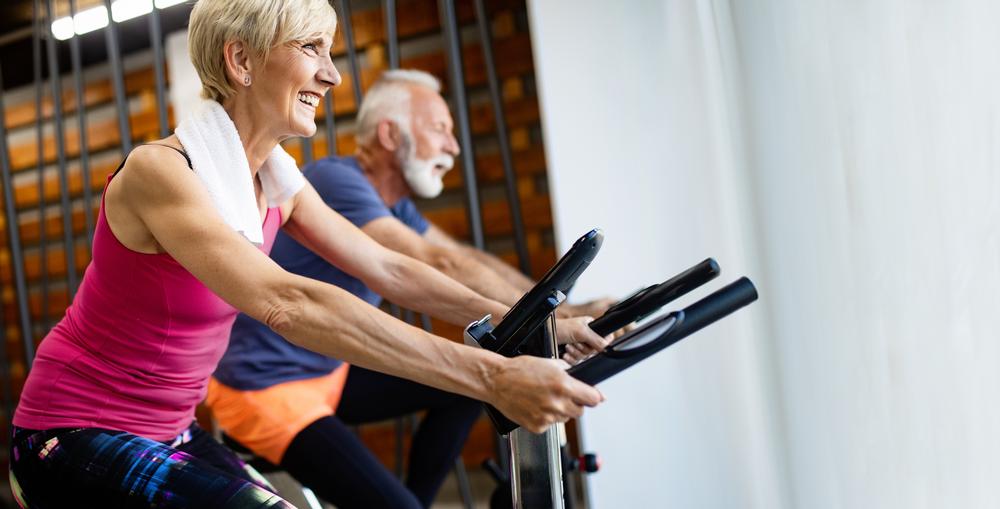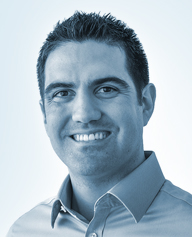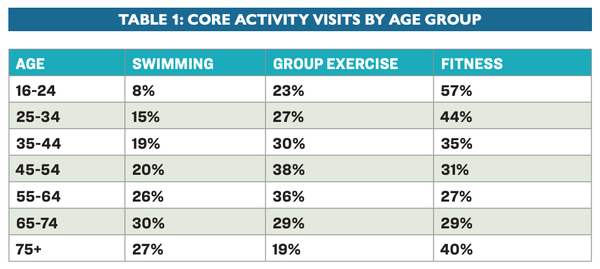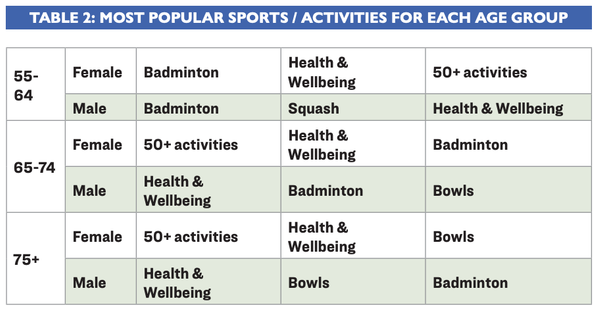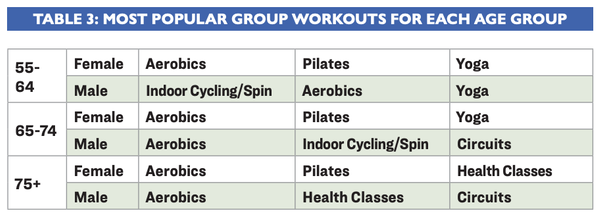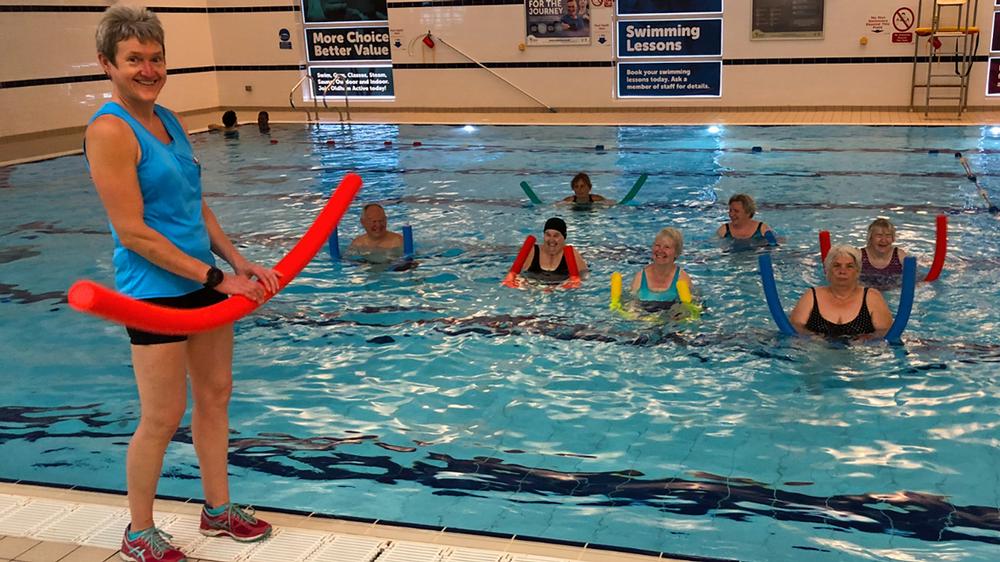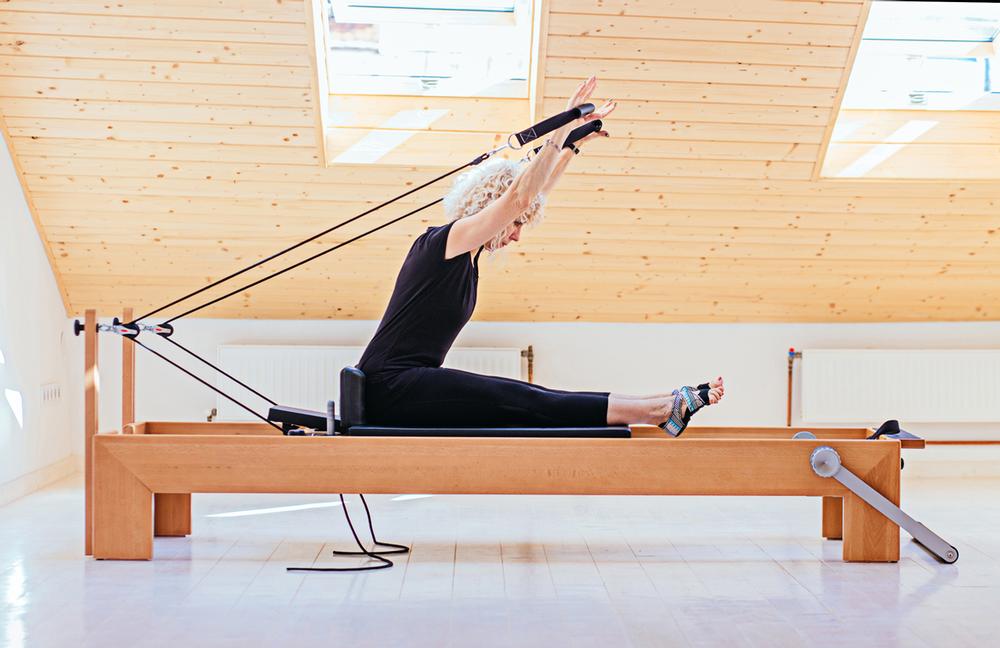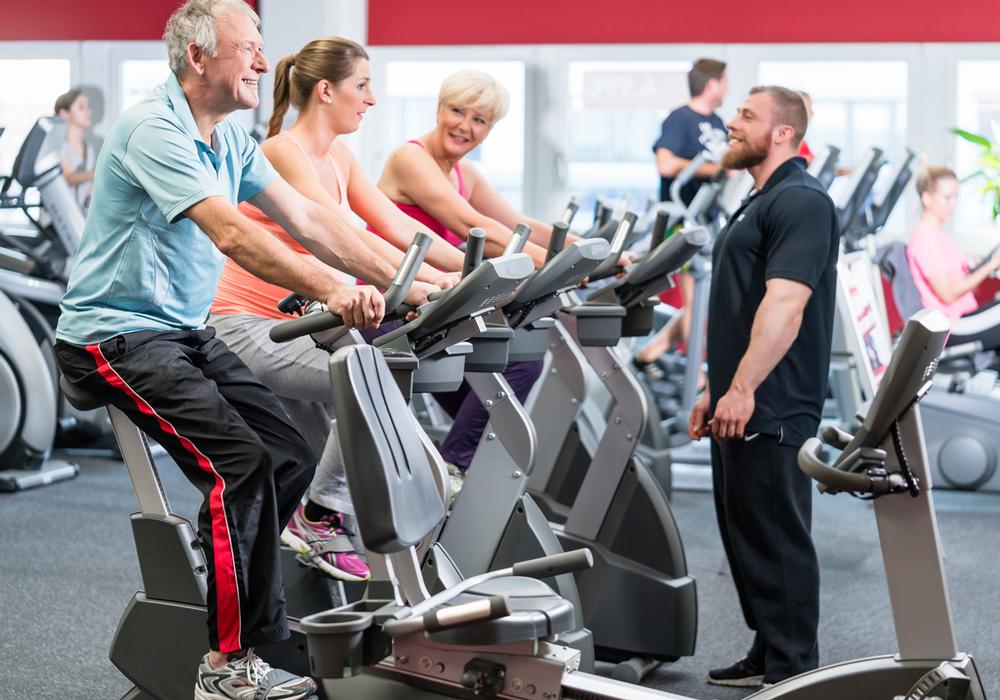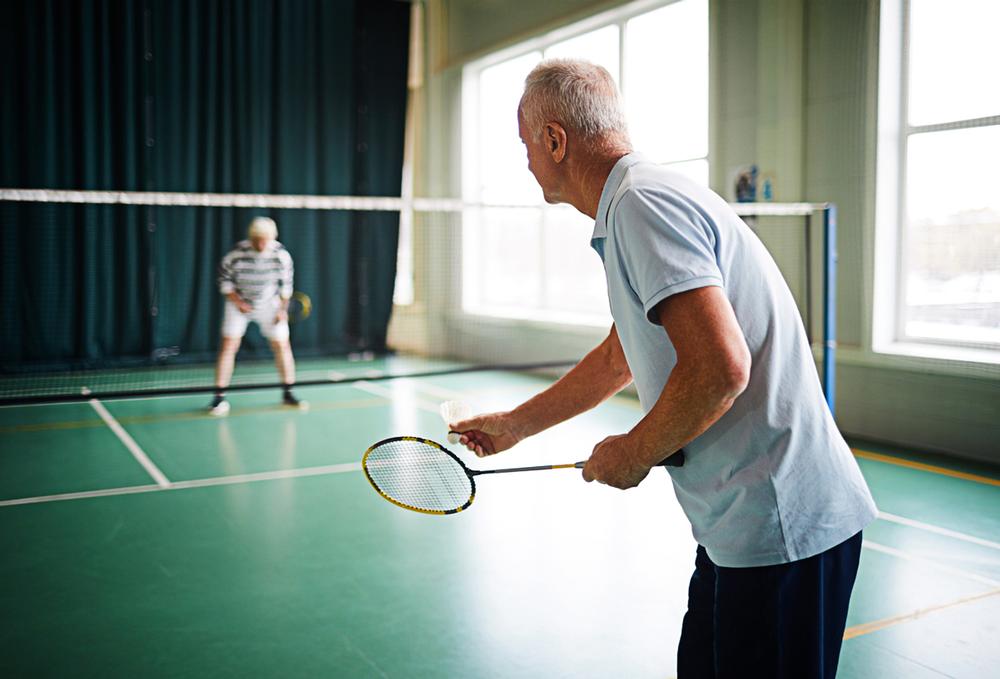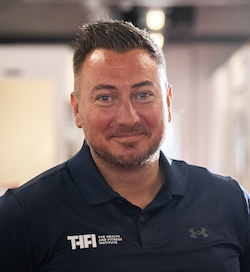Figures published in the Moving Communities: Active Leisure Trends 2019 report uncovers insights into how the industry is attracting, retaining and interacting with older members.
This third annual report from the ukactive Research Institute and DataHub analyses the trends driving public leisure in the UK. It reveals that while the proportion of older members has increased only slightly over the past two years (from 7 to 8 per cent of the population), there’s still a major opportunity to attract older customers to use your leisure facilities.
In the last three years, there’s been a gradual increase in the total 55-plus membership base – 19 per cent in 2017, 21 per cent in 2018 and 23 per cent in 2019 – but when you consider that this cohort accounts for 37 per cent of the UK population, these figures remain low.
The potential to engage
Using data collected by DataHub from more than nine million members and 246 million individual visits across 53x4 leisure centres over the past three years, the Moving Communities report offers an unparalleled snapshot of the 2019 leisure and fitness landscape.
The previous 2018 report showed that engagement levels among older people weren’t even close to meeting their potential – adults over 65 accounted for just nine per cent of visits. Backing this up, the Reimagining Ageing report released at the 2018 ukactive National Summit also revealed that 38 per cent of over-55s are inactive, rising to almost half (48 per cent) of over-75s and 71 per cent of over-85s. The report called for greater collaboration to reimagine what ageing looks like.
Government is clearly keen to invest. In early 2019 it announced a new initiative – The Healthy Ageing Investment Accelerator – to distribute £12m worth of grants to small- and medium-sized enterprises that aid healthy ageing, including those involving physical activity. This project will support the UK government’s mission to ensure people can enjoy at least five extra healthy, independent years of life by 2035.
Cash in on opportunity
Despite this call to action, older adults – who hold 70 per cent of the nation’s wealth – remain unengaged in physical activity. By 2030, it’s estimated there will be 20 million UK residents over 60, yet Moving Communities reveals only 11 per cent of leisure centre members are 55-64. Just three per cent are over 75.
“We all know we’re living longer, but those extra years are increasingly blighted by illness and frailty – we need to reimagine ageing,” says Huw Edwards, CEO, ukactive.
“The (Moving Communities) report demonstrates that the average age of members is increasing, from 39 in 2017 to 41 in 2019, suggesting the sector is starting to take advantage of the opportunity presented by an ageing population.
“More is being done to promote physical activity to older people than ever before, but we’re at the start of this drive; it’ll take years of targeted engagement to achieve meaningful results. These initiatives show a clear direction of travel, one that ukactive will be championing during the coming years as a core pillar of our work.”
Ed Hubbard, principal consultant at DataHub/4global, suggests a better understanding of what older adults want would help operators engage them.
“For too long, the sector has grouped ‘older’ as everyone over 55. But offering a 60-year-old the same programming as an 80-year-old is like treating a 20-year-old and 40-year-old the same. If we’re to rebalance this segment, we need to use data and insight to engage participants in a targeted, personal way.
“Whether it’s understanding how to support adult-only swimming with personal training or identifying the best marketing channels for older adults, our Data Analytics and Insight service gives a clear idea of the market opportunity and specific programmes that improve older member acquisition and retention.”
The Invincible lifeline
Wellington Health and Fitness Club in Berkshire currently excels in this field – the majority of its members are over 50, with 894 aged 60-79 and 133 aged 80 to 99. Eleven are over 90.
Ian Davis, commercial manager of Wellington College Enterprises, which manages the club, says: “We have a long-running 50+ group called ‘The Invincibles’ – 483 members who meet three times a week to exercise and socialise. Everyone’s given free membership on their 90th birthday and we celebrate 80ths too. Many of our members have lost partners and live far away from family, so the group provides a lifeline.”
Davis says finding appropriately trained staff is challenging. “There are consequences to having older members, purely because of their physical attributes. Some struggle with mobility, some dementia, others find negotiating kit hard. This creates a duty of care from a club to them, other members and staff. It’s a moral dilemma; we know how important the gym is to our older members, but no useful training or qualifications are available.”
Davies believes specific training to work with older adults would enable instructors to confidently produce tailored fitness interventions for ageing members.
“In the months since Reimagining Ageing, numerous training providers have already committed to supporting older people to train as exercise professionals,” says Edwards. “David Lloyd, for example, is employing at least one instructor aged 55 and over at every one of its 90-plus sites. At the same time, CIMSPA has also accredited training that will support professionals to work with individuals with long-term conditions.”
Elaine Briggs, director of education, Training and Innovation at Future Fit Training, argues this doesn’t go far enough. “Training providers can only deliver qualifications set by awarding bodies that meet professional standards set by CIMSPA. These need revisiting; updating for the new, older generation,” she says.
“Let’s be clear – over 55 isn’t ‘old’. Kylie is 50, Madonna is 61 – we don’t see them as old! We need to revisit the language we use, give the qualifications a shake-up and the age brackets a re-think.
“Younger people coming into our industry need to be educated so they don’t pigeonhole people just by age. You can get a very fit, active 65-year-old or an overweight, inactive 20-something; the fitness training you’d advise each to do is so very different, as is the communication style you’d use.
“Age is irrelevant; the things we qualified as ‘specialist’ a few years ago are now the norm for many exercisers, and instructors need to be qualified across the board.”
Customising fitness
Moving Communities highlights how exercise preferences change with age (see Table 1). Younger members favour the gym (57 per cent), group exercise is more popular with older members, and swimming accounts for eight per cent of 16-24 year old’s visits compared to 30 per cent of 65-74 year olds. Sport preferences also change (see Table 2). Badminton is popular across all ages until 65, when health and wellbeing takes top spot, encompassing assessments and consultations with staff, GP referrals and rehab sessions.
“For us, working with people classed as older is about mindset,” says Jackie Hanley, health and wellbeing manager at Oldham Community Leisure (OCL). “We actively target over-55s and it all starts in the local community. I do presentations to groups we want to encourage into our centres. If I talk about physical activity, people switch off – their perception is they’re too old to exercise. I create a conversation around moving and socialising; nudging people towards small lifestyle changes.”
Hanley says that once they’re exercising, they’re hooked: “For older members, exercise rapidly becomes a mindset, then they keep coming back. Some of OCL’s chair-based class goers are in their 90s; they’ve been coming for years.”
Being specific about what’s on offer, then communicating this with potential participants is key, says Hubbard: “Our data shows us older members clearly favour late mornings (49 per cent of over-65s visit from 9am to 12pm) and the 65-74 group wants Pilates and yoga (Table 3). If operators use this insight to inform programming, marketing and staffing, the offer for older adults can be improved and communicated more effectively.”








